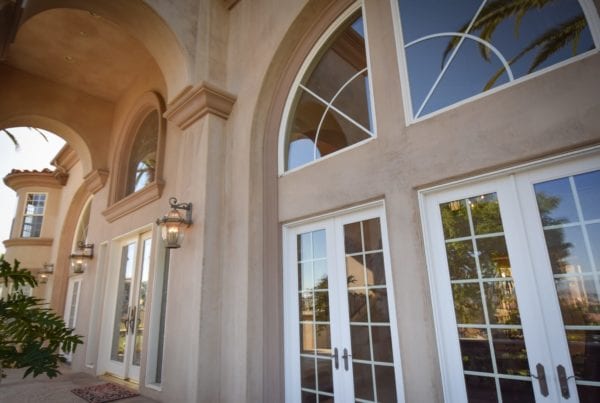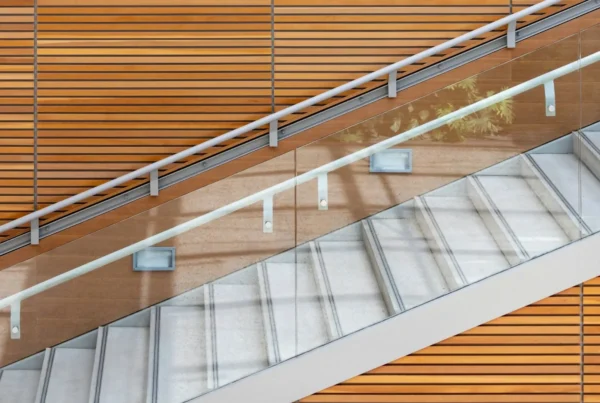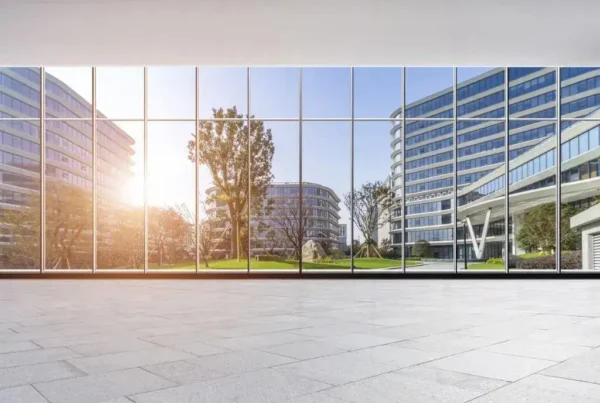Types of Window Tint For Homes
If you’re thinking about tinting your windows, it can be hard to know exactly what kind of window tint to choose. There are so many different types of window tint for homes that can increase the performance of your glass as well as completely change its appearance. We’re here to help you wade through all the information out there about window films to make your window tint comparison easier, so you can make the right decision for your home or place of business.
5 Different Window Tint Types for Homes To Increase Performance
The 5 best types of window tints to increase performance of a building are heat control window film, insulation window film, uv window film, glare blocking window film and security window film. Even though there may be some overlap between some of these, they each serve very distinct functions which are discuss briefly below.
Heat Control Window Film
If you have windows that receive a lot of direct sunlight, you’ve probably noticed how hard it is to keep your indoor temperatures comfortable. Heat control window tint solves this by blocking out up to 78% of the solar heat that passes through regular glass. This makes it much easier to keep rooms that usually heat up during the day cool. It also reduces your reliance on air conditioning units and fans, which helps you cut down on your energy costs.
Insulating Window Film
In cold weather, up to 30% of the energy you use to heat your home or business escapes right out the window, especially if you only have single-pane window glass. Insulating window film adds another layer of insulation to your glass to trap more warm air inside and protect against cold drafts from outside. This extra layer of protection against the elements can reduce your monthly utility bill by as much as 25% and help maintain comfortable indoor temperatures year-round.
UV Window Film
Performance window films add UV protection to your residential glass, which blocks out 99% of the sun’s harmful UV rays. These rays are not only harmful to our skin, but also cause fading of things like furniture, photos, carpets, and other items that receive regular sunlight. With UV window tint film, you can still let natural light into your home without worrying about harmful and damaging UV rays.
Glare Blocking Window Film
For offices where employees work all day on computers or rooms in your home, like home offices or entertainment rooms, glare blocking window film is a lifesaver. Glare blocking window tint allows you to focus on computer screens and television screens, or read by a sunny window, without squinting and straining your eyes. With this type of film, you won’t have to close curtains and blinds and sit in the dark just to see what you’re trying to focus on.
Security Window Film
Security window film reinforces vulnerable entry points to your home or business to protect against burglary, intruders, natural disasters, and other threats. This extra layer of security holds the existing glass in place under impacts from common break-in tools wielded by would-be intruders or debris hurled at the glass by a storm. This delays and deters attempted break-ins and reduces the risks of flying glass shards.
5 Window Tint Types For Enhanced Privacy or Appearance
If you aren't necessarily looking to save on energy costs, beef up security or any other performance related functions, there are also window tint film types that are made purely for aesthetic or privacy reasons. We discuss the main types below:
Mirrored Window Film
Reflective window tint can be used to create a two-way mirror effect when the light outside is brighter than the light inside. This means that from the inside of the glass, you’ll be able to see out with unobstructed views, but someone on the outside of the glass will only see a reflection. This type of window film is an excellent option when you want to create daytime privacy or even change the appearance of an entire building, such as a glass office building.
Opaque and Translucent Window Films
If you want a high level of privacy at all times, you can achieve it with opaque or translucent window tints. Translucent films give you a shade a window tinting that provides a good compromise between letting some natural light in during the day and giving you some nighttime privacy as well. On the other hand, if you want to black out a window completely, you can do so with opaque window film. Keep in mind that these types of window tint work both ways, so you will be sacrificing your own visibility for the sake of privacy.
Decorative Window Film
When you want to change the appearance of your residential or commercial glass for purely aesthetic purposes, there are many types of decorative window tints you can choose from. For instance, you could use full color custom printed opaque window films to add solid graphics like logos or lettering to windows. Or, you could go for translucent or transparent printed window tints to add see-through decorative graphics.
Colored Window Film
Colored window tint is another option for when you want to add privacy or change the appearance of your windows. For example, you could apply black-tinted window film to add privacy and darken your glass without completely blackening it out. You could also use a colored window film, such as blue or red-tinted film, to give your windows a contemporary update. You can even use something like dichroic colored window tint to create shimmering, color-changing effects.
Frosted Window Film
Frosted window tint can be applied to entire pieces of glass or sections of glass to add privacy to certain areas. You might choose to frost the bottom half of certain windows on your home, such as bathroom windows. Frosted window film is also a good choice for businesses and commercial facilities when you want to make glass walls around conference rooms, private offices, or reception and waiting areas more discrete.
With So Many Window Tint Differences, How Do I Choose The Right One?
When you’re trying to decide on the perfect window tint for your glass, consider what you want to achieve performance-wise and how you want the glass to look. There are even more types of tint than listed in this article, but you should now have a better understanding of some of the best types of window tint that you can choose for your home or business. Keep in mind that many performance factors and aesthetic options can be combined, so you don’t necessarily have to settle on just one type of tint.





